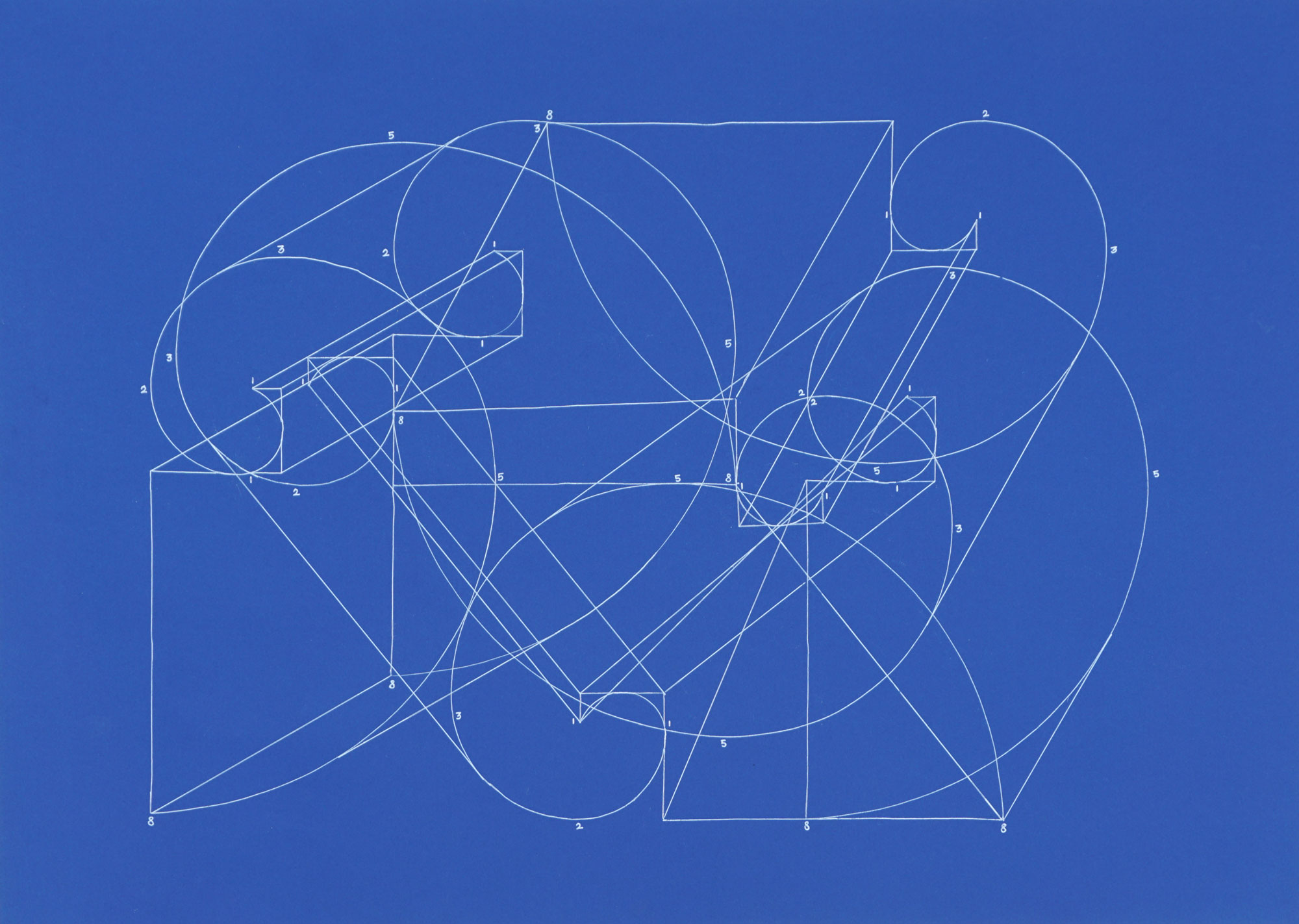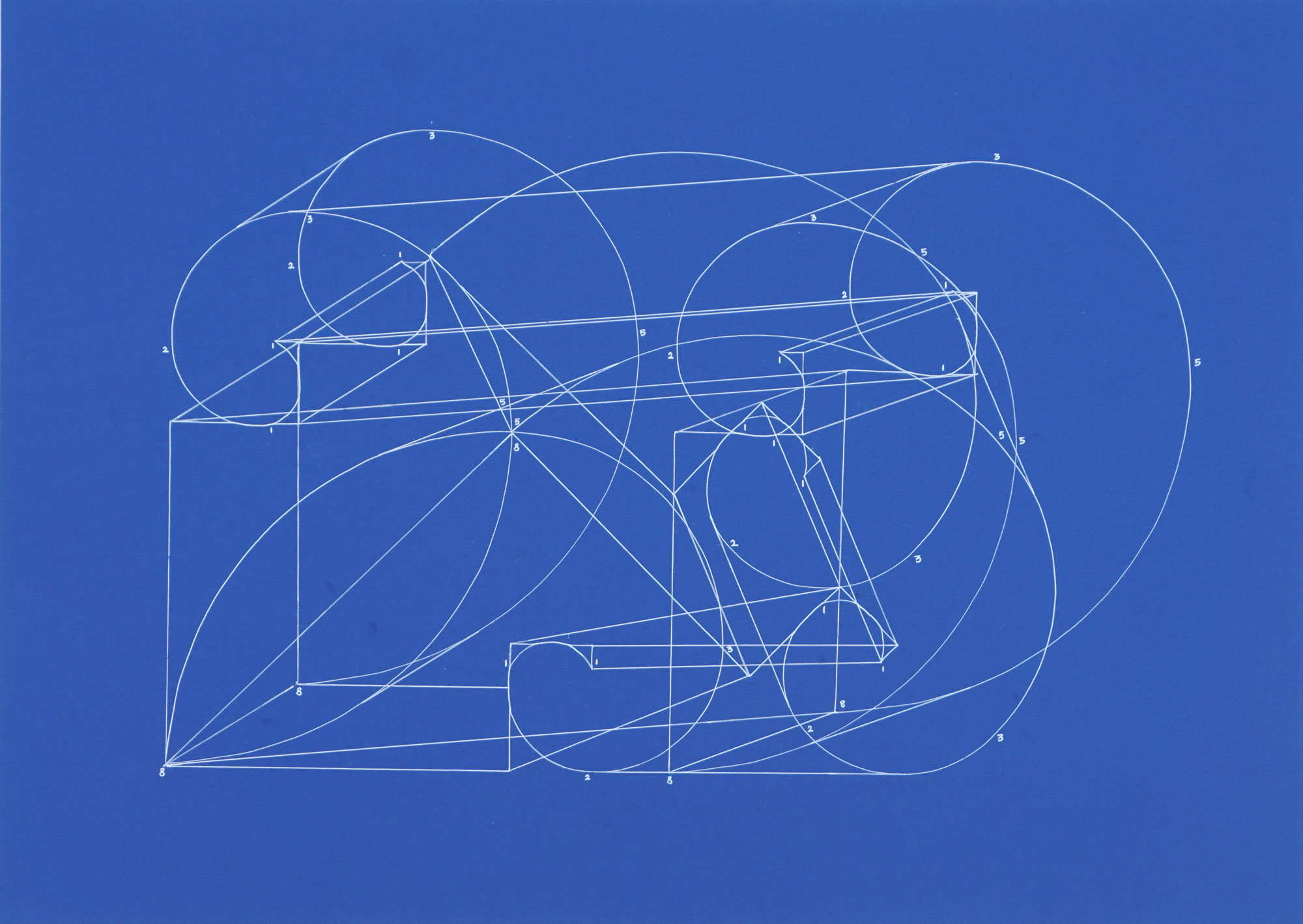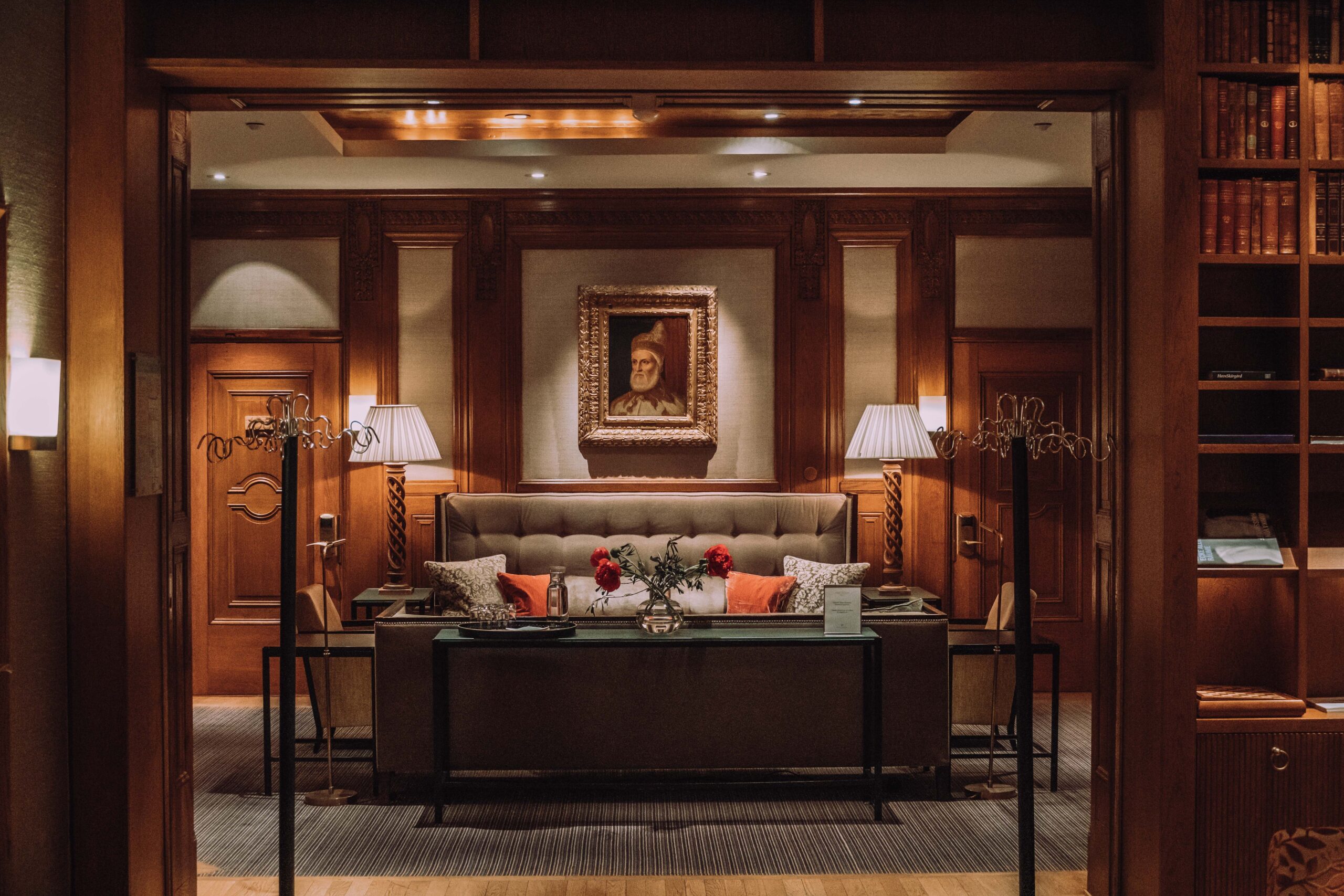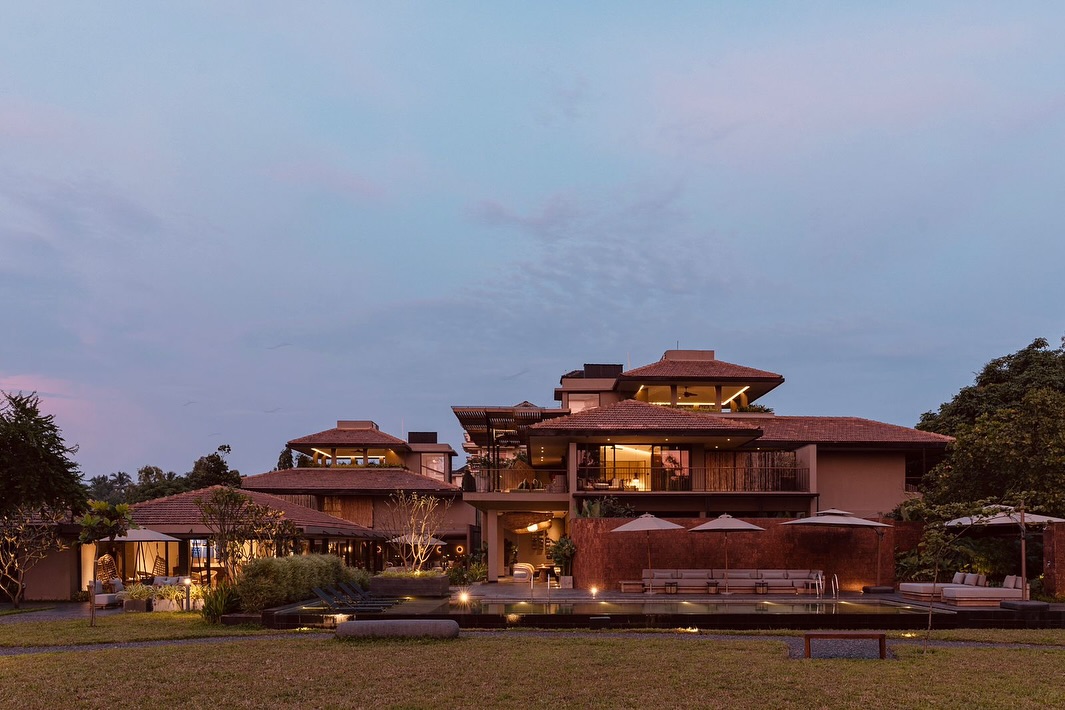Coimbatore based artist, works across geometry and mathematics to explore a play of aesthetics. His works often involve intricate patterns and shapes that challenge the viewer’s perception of space and dimension. Sundar’s unique approach to art has earned him recognition both nationally and internationally.
His first solo show, “Blueprints to Impossible Structures”, currently on view at Anupa Mehta Contemporary Art Gallery, features a suite of ten drawings based on the golden ratio and Russian constructivism.
Arvind Sundar’s body of work focuses on the formalist relationships and issues that arise during the creation of painting and sculpture. Geometry and mathematics serve as the starting point for his work, which is primarily concerned with the concept of play. This play produces compositions that reflect spiritual and physical connections to mathematical or geometrical systems, as well as giving him agency over rigid and complex systems.
Sundar received his MFA in Painting and Drawing from the University of Cincinnati in the United States (2018). He completed a Prior Degree programme at the School of the Art Institute of Chicago in the United States (2016). He has been awarded the Wolstein travel fellowship for 2017. On the fellowship, he traveled throughout Italy studying Renaissance painting and sculpture. He received the School of the Art Institute of Chicago’s Presidential Scholarship for 2015. He also received a Graduate Assistant Scholarship from the University of Cincinnati. Sundar has been nominated for Artbuzz India’s Notable Artist Award 2022. He has appeared in over 40 shows around the world. The artist currently resides and works in his hometown of Coimbatore.
Sundar’s work showcases a unique blend of precision and creativity, as he uses mathematical principles to create visually stunning pieces. Each drawing in the exhibit is meticulously crafted, with intricate details that draw the viewer in and invite them to explore the underlying geometry.
His ongoing show Blueprints to Impossible structures is themed on the concept of Fibonacci sequence’ which is a mathematical sequence that yields a fractal proportion (the golden ratio) (1,1,2,3,5,8,13….). This ratio can be found in both natural and man-made elements. Fibonacci Sequence from early Greek architecture to Renaissance painting and modernist art, proportion has been used in the arts. As a result, these numbers are known as the divine numbers. The golden spiral is a type of spiral.
This ratio was used to draw a spiral. The spiral can be seen in the shape of seashells, pinecones, and even galaxies. The Fibonacci sequence has also been applied in fields such as finance and computer science, demonstrating its practical applications beyond the realm of art and nature. By connecting Fibonacci spirals with different orthogonal projections, these drawings create spaces and volumes. The overlapping planes resemble blueprint drawings in their depth projection. The golden ratio aesthetic dominates the space in these drawings, which are labyrinths.
The use of the golden ratio in art and design has been debated for centuries, with some arguing that it is a fundamental aspect of beauty and others dismissing it as a mere mathematical coincidence. Regardless of one’s opinion, it is clear that the golden ratio has had a significant impact on the history and development of various art forms.
Words by Keshvi Kamdar.
Images and Artworks by Arvind Sundar / Anupa Mehta Contemporary Art Gallery.







Thank you for this amazing article about my work